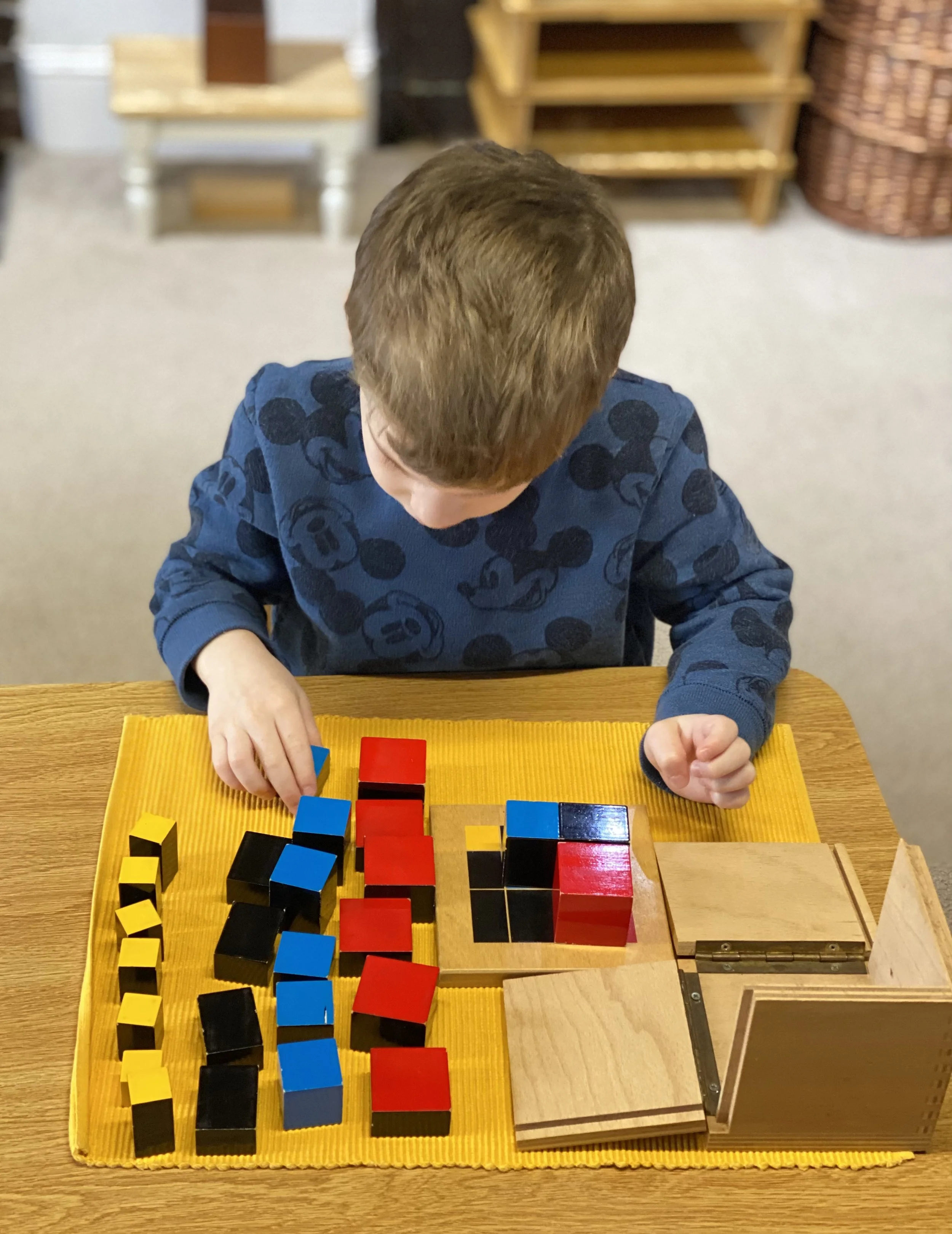
Sensorial
Sensorial exercises are a fundamental part of the Montessori classroom, designed to help children explore and understand the world through their senses. D.r Maria Montessori recognized that young children naturally learn by absorbing information from their environment, and she developed a rich array of materials and activities to refine and sharpen each of the five senses-sight, hearing, touch, taste, and smell.
In a Montessori classroom, sensorial materials invite children to actively engage with their surroundings. For example, children might use color tablets to distinguish subtle differences in hue, sandpaper letters to feel the shape of the alphabet, or sound cylinders to match and compare various tones. Other materials encourage children to sort and classify objects based on physical properties such as size, shape, texture, weight, temperature, and even scent.
Through these carefully structured exercises, children learn to observe, compare, and categorize the details of the world around them. They develop the ability to discriminate between similarities and differences, organize their perceptions, and make sense of complex information. This process not only enhances their sensory awareness but also lays the groundwork for future learning in mathematics, language, science, and art.
As children refine their senses, they gain confidence in their ability to interact with and interpret their environment. Sensorial activities foster concentration, attention to detail, and critical thinking skills, all while nurturing a sense of wonder and curiosity. Ultimately, the sensorial experiences in a Montessori classroom provide children with the tools to explore, understand, and appreciate the richness of the world around them, supporting their intellectual and emotional development.
